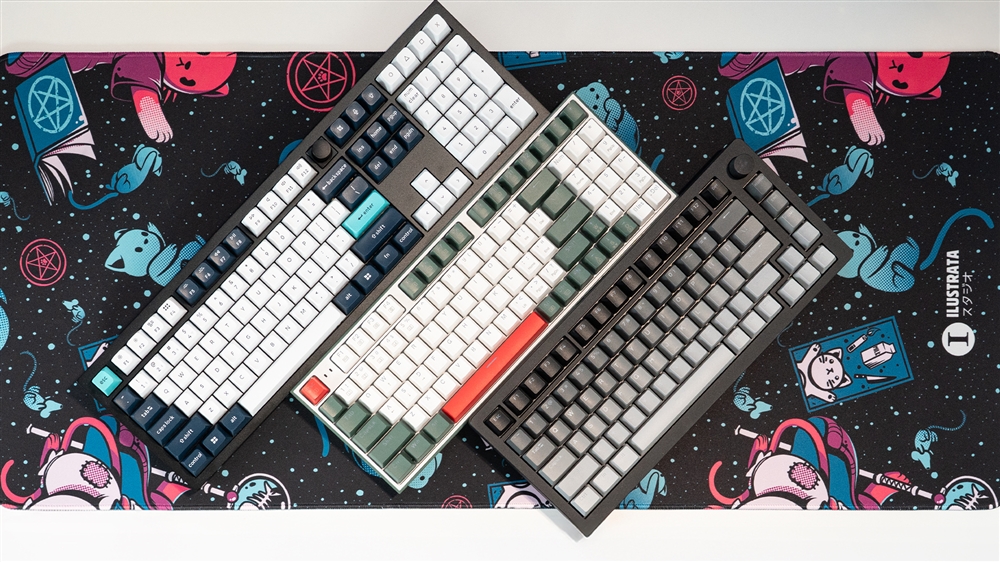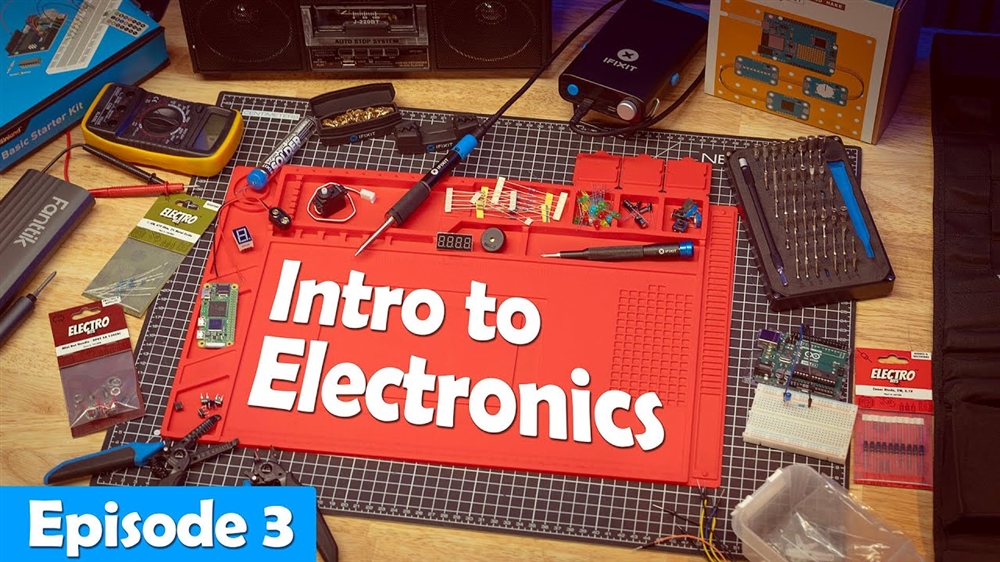3D Printing Tip of the Month: How to Reduce Stringing
Stringing can ruin a good print. Here's how to avoid it!Maker Projects
Do your 3D prints have excessive stringing issues? Even after re-leveling the bed, adjusting nozzle & bed temps, increasing and decreasing z-offset, lowering print speed, and adjusting every other parameter of your print and 3D printer?
Did you try drying your filament?
If you're hearing hissing or popping when you’re 3D printing, you're printing with wet filament! Moisture in the air can get trapped in the plastic filament, resulting in poor bed adhesion, warping, bubbles in your prints, clogged nozzles, and even stringing.
Whenever I would get a stringy print, I assumed my bed wasn’t level, or the printer settings were incorrect. I live in Florida, where it is quite humid. Keeping filament dry is pretty much impossible. My filament dryer has saved many frustrating hours of making minor printer adjustments, resulting in the same stringy 3d prints.
We've made a couple of benchy prints to showcase the differences between a wet filament print and a dried print!
Our Setup:
Printer: Ender 3 V2
Filament Used: Inland Silk Blue, 1.75MM
- Nozzle Temp: 210°
- Bed Temp: 55°
Infill: 15
Print Time: 1 hour
Software: Ultimaker Cura
Filament Dryer: eSun eBox Lite Filaments Storage Box
The Prints:
Below is a benchy printed with Inland Blue Silk Filament that has been open for about 5 months. Pretty rough, right?
I dried the filament in a filament dryer at 50°C for 6 hours and printed the same file with the same printer and settings. Below is the result…still a little stringy, but a noticeable improvement.
I dried it one last time for another 6 hours. The result is below, hardly any stringing at all!
Here are all three prints, starting from the wettest filament and moving to the most dry. You can really see how much of a difference drying the filament had on the final print!
Comment on This Post
See More Blog Categories
Recent Posts
This Week in AI: Microsoft's Says AI Can Diagnose Patients Better Than Doctors
For July 4, 2025: Cloudflare blocking chatbots, ChatGPT referrals to news sites tick up, AI laws remain for states to decide.
Continue Reading About This Week in AI: Microsoft's Says AI Can Diagnose Patients Better Than DoctorsWatch: Intro to Electronics at Micro Center - Episode 3: Arduino and Servo Motors
In our new Intro to Electronics episode, we continue our DIY journey with some servo motors and an Arduino Kit, including code demonstration.
Continue Reading About Watch: Intro to Electronics at Micro Center - Episode 3: Arduino and Servo Motors















